
Japanese Cormorant
Japanese Cormorant
Japanese Cormorant
Have you ever heard the term 'Ukai'? It is a traditional fishing method that has been passed down from ancient times, and cormorants have lived alongside humans for many generations. However, many people may not be familiar with cormorants. Let's introduce you to the Japanese cormorant.
Japanese Cormorant Basic Infomation
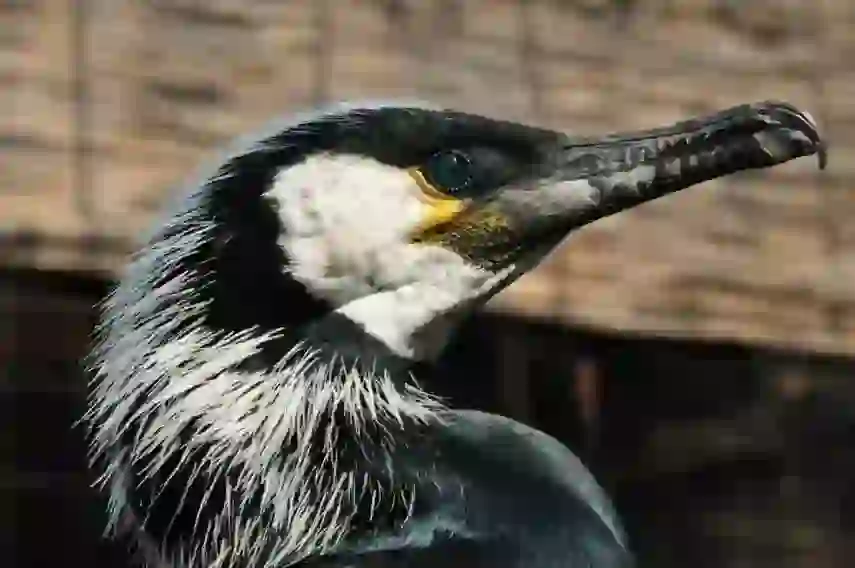
Order: Suliformes, Family: Phalacrocoracidae, Genus: Phalacrocorax
Length: 84–92 cm
Wingspan: 133–152 cm
Weight: 2–3 kg
Japanese cormorants primarily reside in the southeastern part of Russia in the Ussuri region, Korea, the Korean Peninsula, China, and along the coasts of Japan.
In Japan, they are found from the northern part of Kyushu upwards, including Hokkaido.
Their bodies are covered with glossy dark green feathers. Their faces and beaks are bare, showing yellow and white skin. Their feathering changes between summer and winter, with white feathers appearing around the legs during winter.
As chicks, their bodies are covered with black feathers, although some may have white feathers on the lower parts.
It's cute, isn't it? It looks like they're wearing woolen pants.
As seabirds, their toes are webbed, allowing them to dive underwater. Their eyes are a beautiful green and can adjust to light, enabling them to see clearly under water. They also have a third eyelid, which acts like a thin cover, allowing them to see under water while protecting their eyes. True seabirds indeed.
Japanese Cormorant Q&A

What is the origin of the name of the Japanese Cormorant?
The Japanese cormorant is written as '海鵜' in kanji, which directly translates to 'sea cormorant.' But what is the origin of the kanji '鵜' (cormorant)?
The kanji '鵜' is used in Chinese to refer to pelicans. As cormorants belong to the same group, they are called '鵜.' Those that live at sea are specifically called '海鵜' (sea cormorants).

Why do they live there?
Japanese cormorants live near rocky seashores where they rest and act in groups. However, these are the same rocky areas that get battered by ocean waves. It's like those dramatic cliffs you see in mystery dramas where the criminal confesses.
It seems that such daunting places wouldn't offer much rest, but for the cormorants, it doesn't matter much. After diving, they spread their wings and bask in the sun, managing to find comfort even in such scary places.
They need to live close to the sea because they can't catch fish otherwise. It's all about proximity to their food sources.
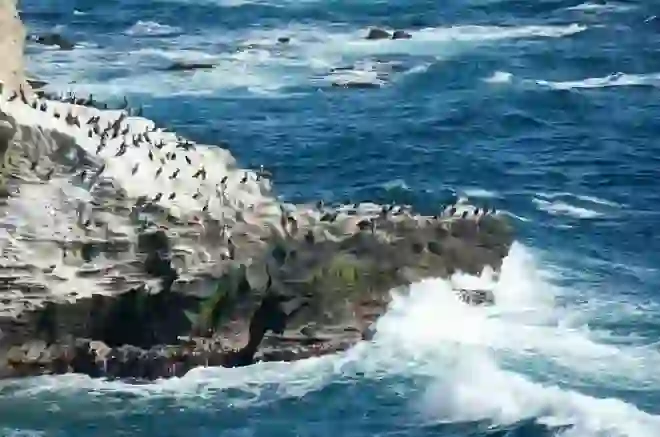
What does the Japanese Cormorant eat?
Being skilled divers, Japanese cormorants primarily feed on fish. You might ask for more specifics, but really, they eat fish—any fish they can catch.
The only condition is that the fish must be catchable within about 10 meters underwater, as cormorants can dive that deep. They're not picky eaters at all.
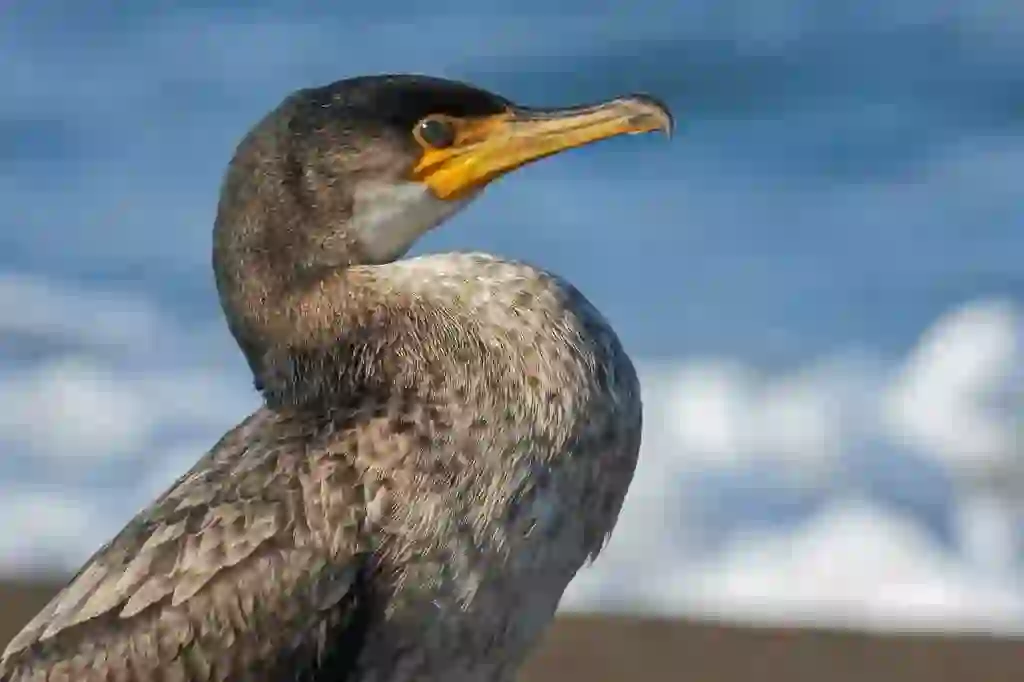
Is it true that the Japanese Cormorant has inspired certain phrases?
There are phrases in the Japanese language that originated from the cormorant and its traditional fishing method, known as 'Ukai.'
For instance, the daily routine of 'gargling' in Japanese is derived from 'Ukai.' The action resembles the way a cormorant catches a fish and spits it out without swallowing.
There are also proverbs like 'swallowing whole' and 'the eyes of a cormorant, the eyes of a hawk,' which illustrate sharp vigilance. The proverb about swallowing whole comes from how a cormorant eats fish in one gulp, though it's a bit unfair since it carries a somewhat negative connotation.
The sharp eyesight of cormorants, effective both in and out of the water, gave rise to these expressions.

How do Japanese Cormorants reproduce?
Japanese cormorants breed in groups, generally practicing monogamy. They breed from April to July, making nests on cliff crevices with dried grass and seaweed, laying 4 to 5 eggs.
The parents take turns warming the eggs. While one warms the eggs, the other gathers nesting materials or fetches food.
It takes about four weeks for the eggs to hatch. This marks the beginning of a busy parenting period.
The chicks are born blind and helpless, necessitating constant feeding. Since cormorants swallow fish whole, they must regurgitate it back up to the esophagus to feed the chicks, who plunge their heads into the parent's mouth to eat.
If a chick appears hot, the parent does not give it water to drink but instead douses it with water carried in its mouth.
Gradually, the chicks learn to eat and fetch fish like their parents, but cormorants grow slower compared to other birds. It takes about 40 days before they can leave the nest and waddle around, requiring continuous parental attention.
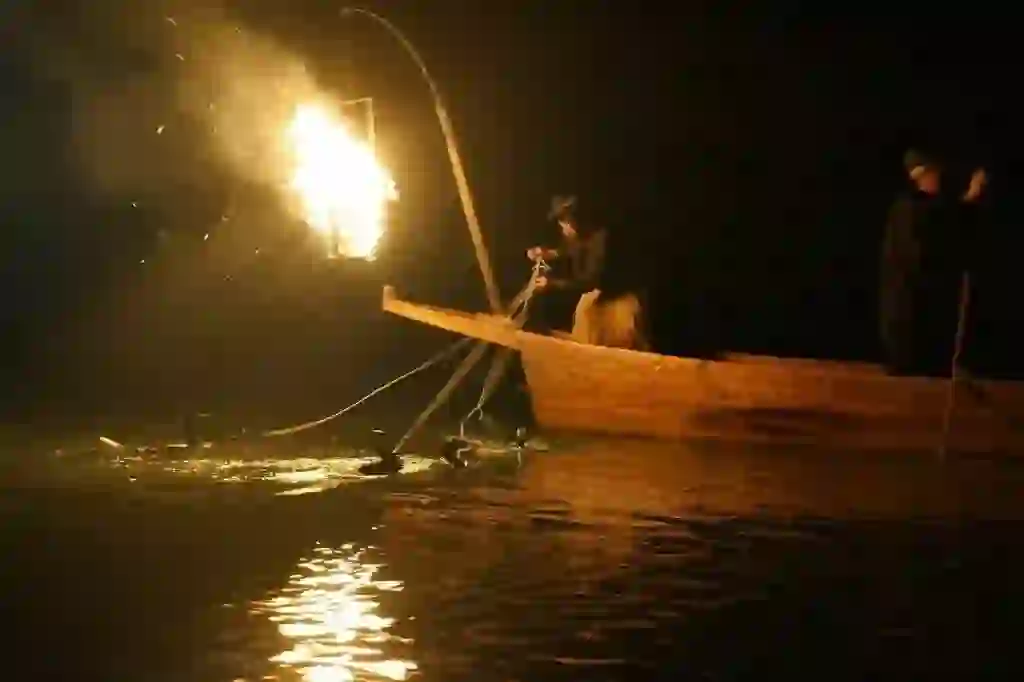
Is it true that Japanese Cormorants engage in fishing?
It's not just the cormorants but a combination of humans and cormorants that participate in 'Ukai,' a traditional fishing method with a history of over 1300 years.
Today, this method is practiced in only a few places, such as the pristine Nagara River in Gifu Prefecture, among about 11 sites nationwide. Historically, it was practiced in over 100 locations across Japan.
Ukai fishing involves scaring ayu (sweetfish) with the light of a fire at the front of a boat during the night. The startled fish move rapidly towards the surface, where a trained cormorant, under the guidance of a fisherman who uses special commands, catches them.
The cormorant is prevented from swallowing large fish by a ring around its neck. Smaller fish are ingested.
It's a poignant and mesmerizing scene to watch the harmonious cooperation between the fisherman and his cormorants.

Would you like to become a part of the 'Animalbook.jp'?
Turn your knowledge into Q&A and share it with the world. ※Publication will be activated after purchase. Let's share information together!
Japanese Cormorant Type of List

- Japanese Cormorant
Information
Congratulations! You are the first commenter!

Create Your Favorite List!
Japanese Cormorant
Save the animals you love! Build your own list to quickly revisit your favorites later.

Would you like to leave a comment?
※Please note: This is for the purchase of rights to post comments within the article.
Find Your Favorites!
Our shop offers a unique and attractive selection of goods themed around various animals.
Japanese Cormorant References

- Wikipedia ウミウ https://ja.wikipedia.org/wiki/ウミウ
- Wikipedia 鵜飼い https://ja.wikipedia.org/wiki/鵜飼い
- コトバンク https://kotobank.jp/word/ウミウ-35145
- 環境省 カワウとウミウの見分け方 https://www.biodic.go.jp/kawau/d_hogokanri/hunt_leaflet.pdf
- 公共信託 サントリー世界愛鳥基金 http://www.koueki-suntory-aityou.jp/topics/1606.html
- 森と水の郷あきた あきた森づくり活動サポートセンター総合情報サイト http://www.forest-akita.jp/data/bird/36-kawau/kawa.html
- ZUKAN https://www.zukan.earth/descriptions/6/1139909
- SPF笹川平和財団 OPRI海洋政策研究所 https://www.spf.org/opri/newsletter/526_2.html?latest=1
- 南三陸町 VIRTUAL MUSEUM https://www.town.minamisanriku.miyagi.jp/museum/natural/article.php?p=71
- 鳥ぺディア https://bird-pedia.com/archives/1191#_
- 日本野鳥の会京都支部 https://wbsj-kyoto.net/yachoulist/ウミウ/
- RE:ミックスジュース https://remixedjuice.com/japanese-cormorant/
- chewy https://chewy.jp/businessmanner/30527/
Japanese Cormorant Introduction of media used

出典:https://pixabay.com/images/id-2847395/

出典:https://pixabay.com/images/id-7280849/

other
https://commons.wikimedia.org/wiki/File:嵐山の鵜飼 - Cormorant Fishing in Arashiyama (14942068790).jpg
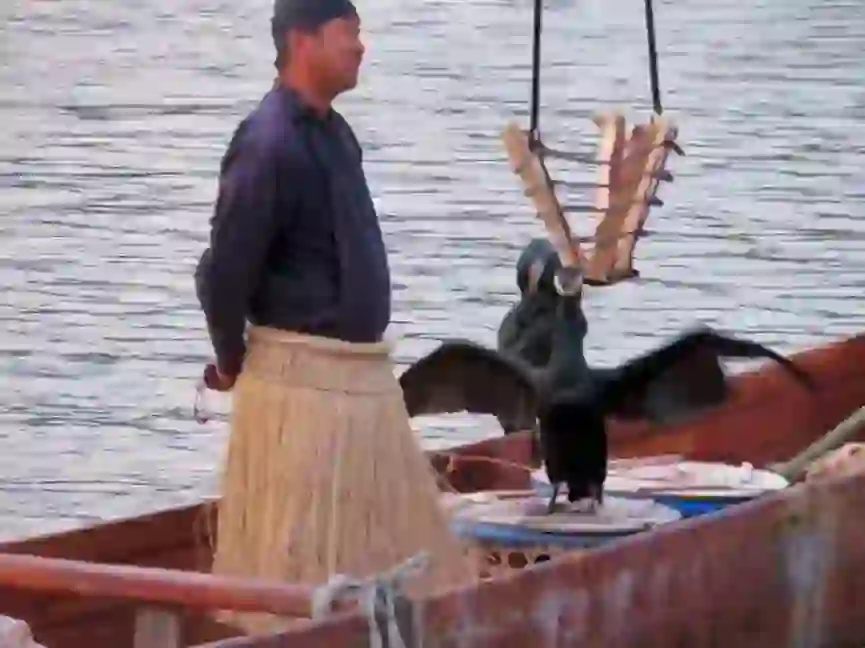
other
出典:https://commons.wikimedia.org/wiki/File:Usyou explaining Ukai to customers - 2.jpg
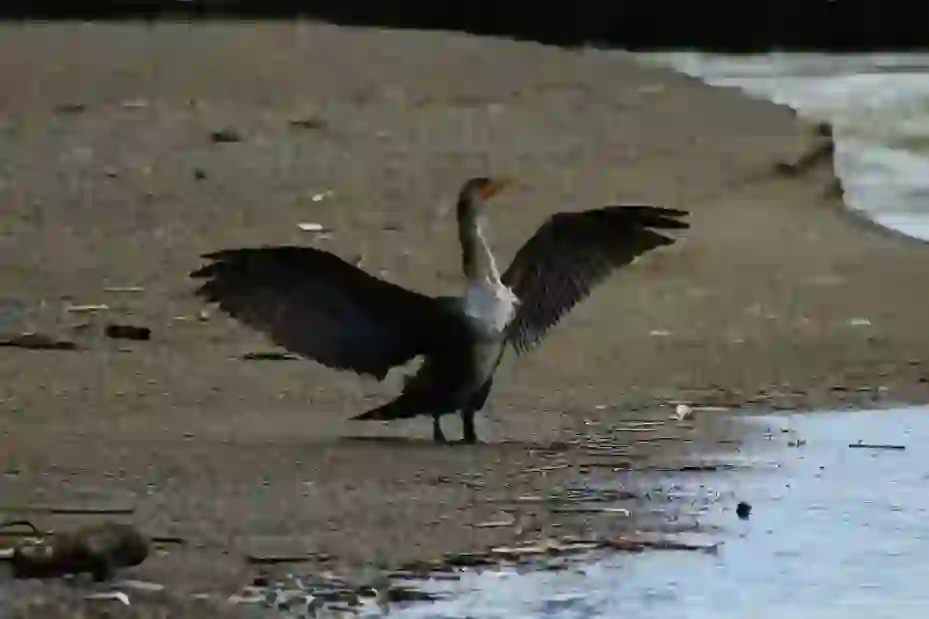
出典:https://pixabay.com/images/id-2847385/
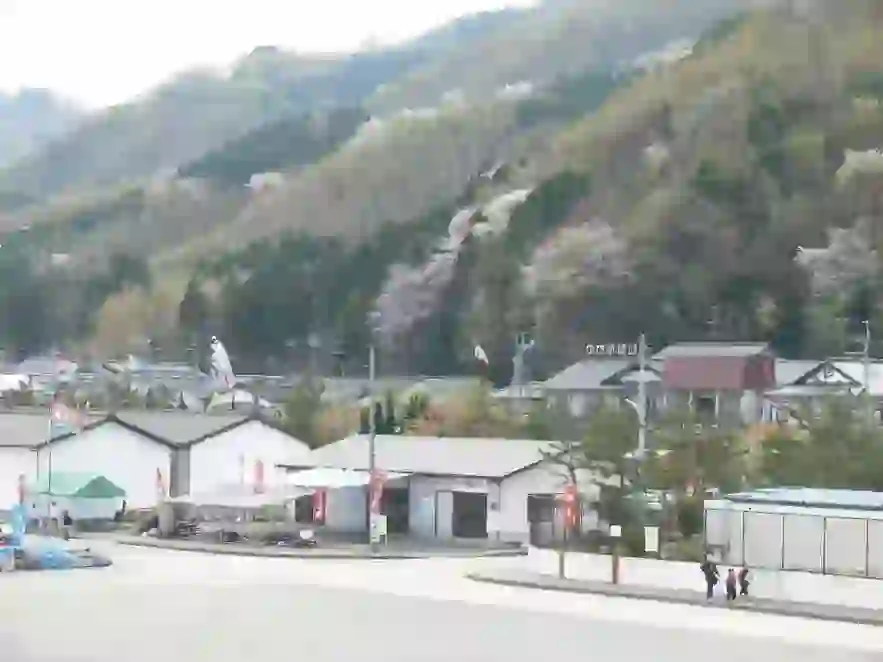
habitat
出典:https://commons.wikimedia.org/wiki/File:粟島浦村・内浦集落.jpg

Help Enrich Our Animalbook.jp with Your Media!
We are constantly looking to expand and enrich our Animalbook.jp with amazing photos and videos of animals. If you have any media that you'd like to share, please contribute and help us showcase the beauty and diversity of the animal kingdom. Your submissions will be credited and featured in our encyclopedia, reaching a wide audience of animal lovers.



















